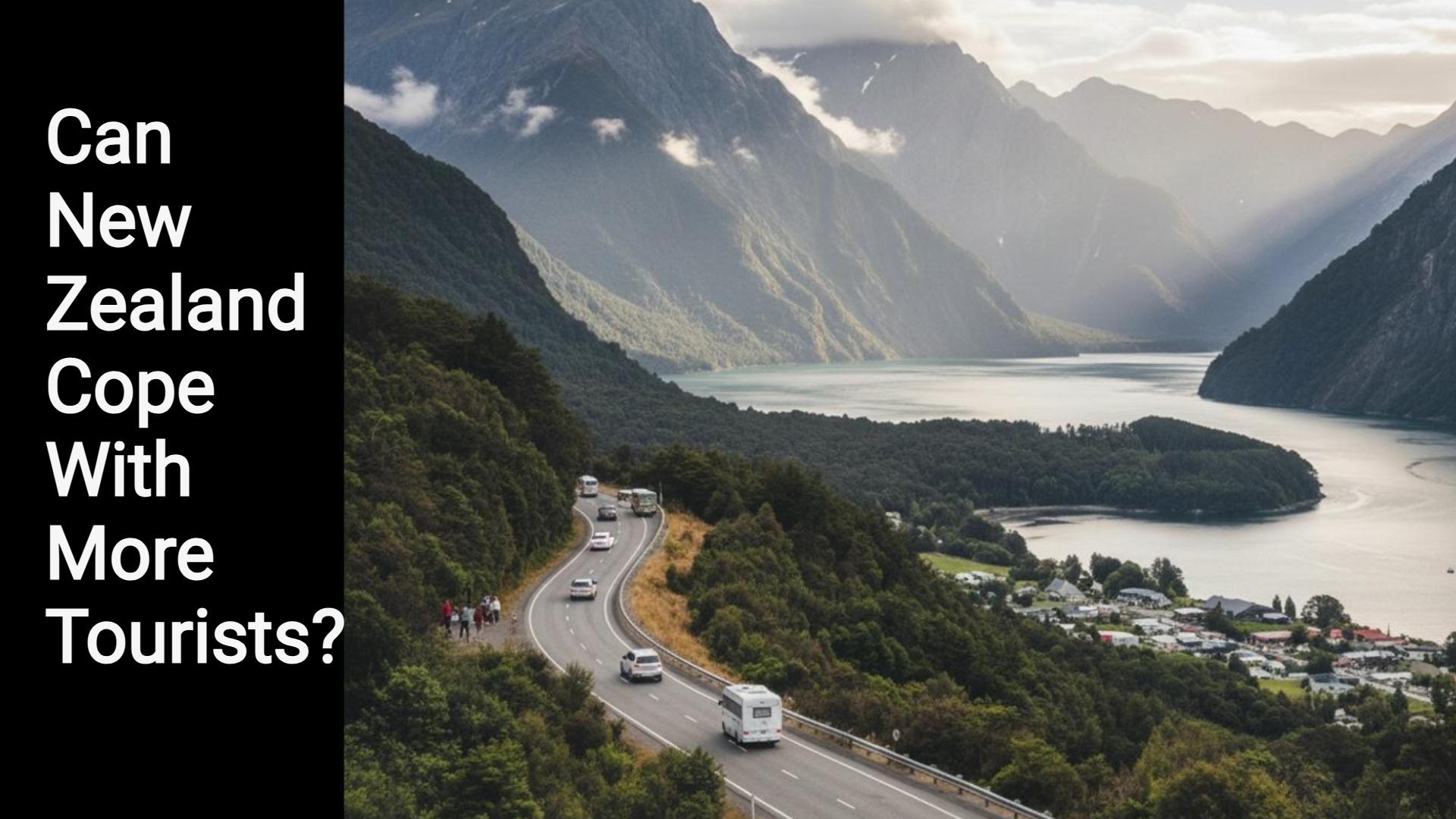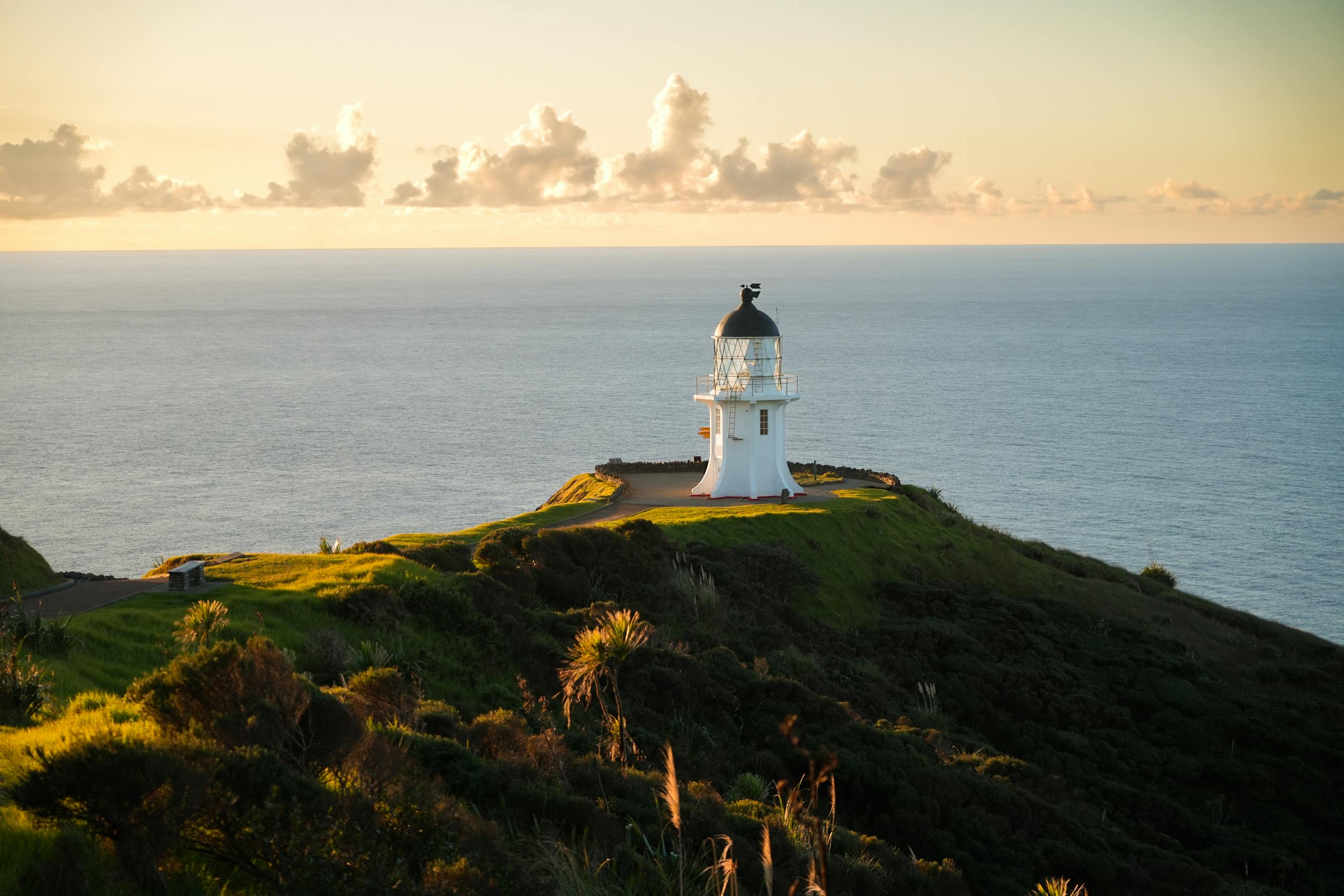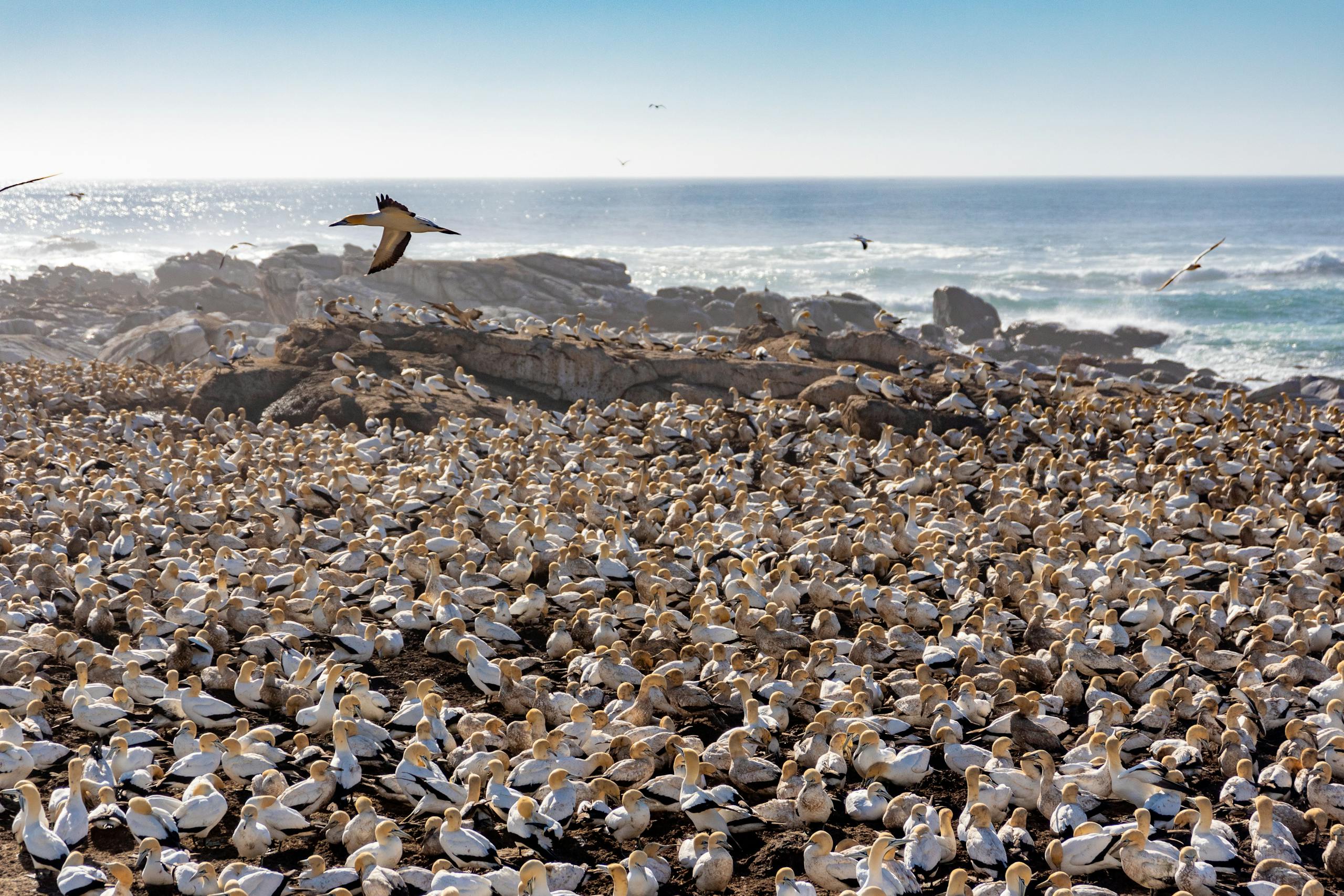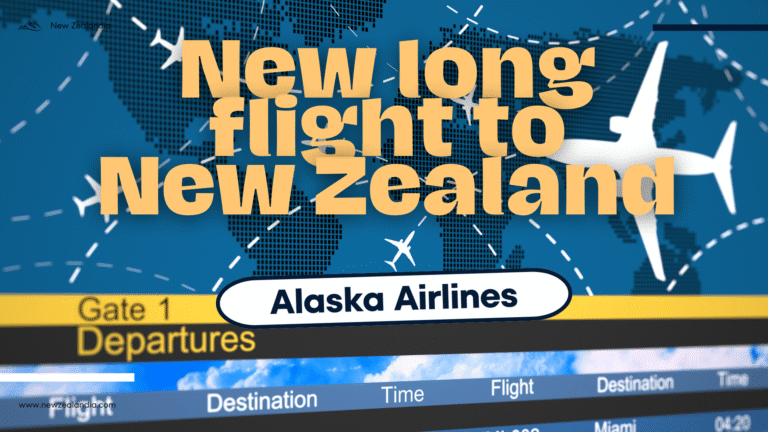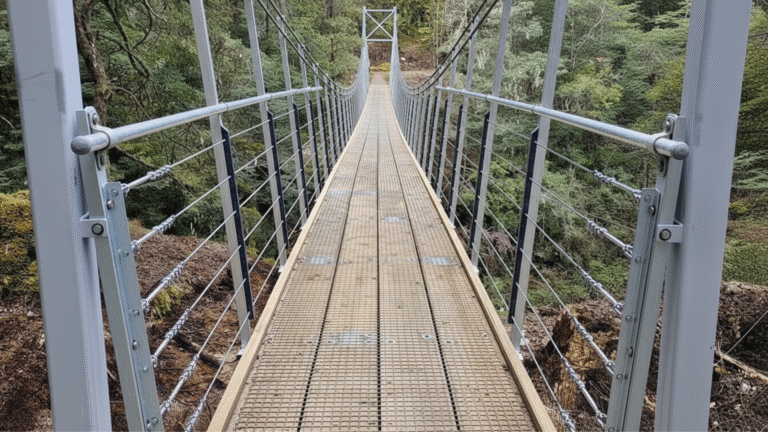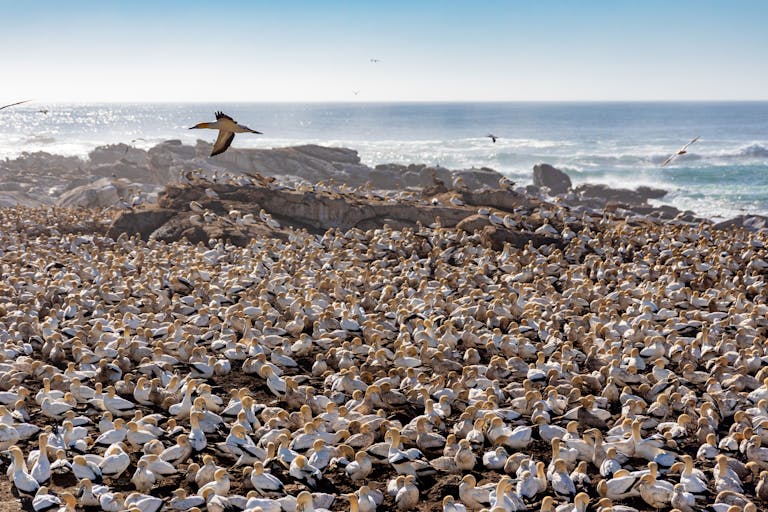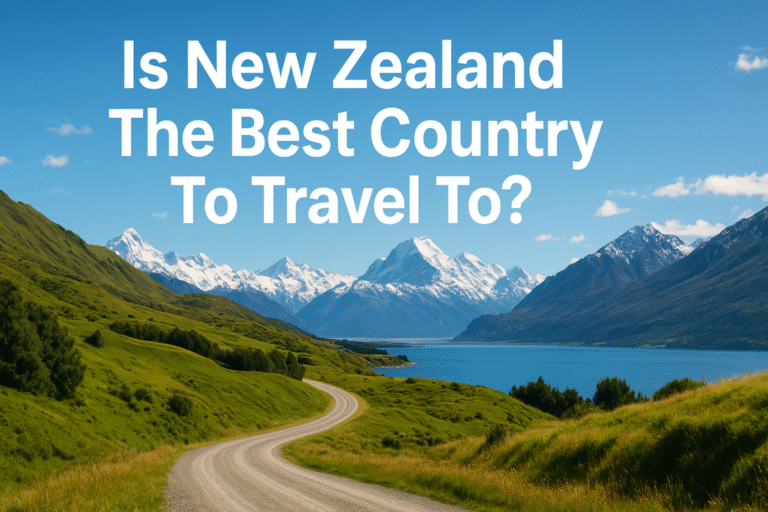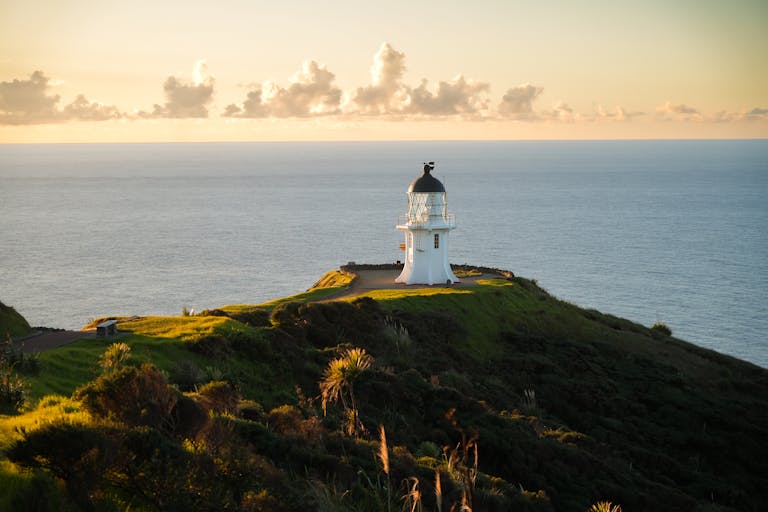Can New Zealand Cope With More Tourists?
New Zealand demonstrates substantial capacity to accommodate increased tourist volumes, with the tourism sector generating a record $44.4 billion in expenditure during 2024 while supporting 303,420 employment positions and contributing 7.5% to national GDP. The country successfully managed over 2.19 million international visitors through strategic regional distribution policies and sustainable development practices that prevent overcrowding in popular destinations. Extensive infrastructure frameworks and year-round tourism promotion strategies suggest additional capacity remains available for further expansion.
Key Takeaways
- New Zealand has significant capability to accommodate increased visitor numbers while preserving natural and cultural assets.
- The tourism sector successfully added over 61,000 new jobs, demonstrating strong employment absorption capacity for growth.
- Regional development strategies actively distribute visitor flows to prevent overcrowding and maximize benefits across diverse communities.
- Infrastructure capacity and operational frameworks are already in place for effective tourism growth management.
- Strategic year-round tourism promotion reduces seasonal pressure and supports consistent economic activity across regions.
Following a dramatic rebound from pandemic-induced declines, New Zealand’s tourism sector has emerged as a critical economic driver, generating a record $44.4 billion in total expenditure during the year ended March 2024. This represents a substantial 14.6% increase from the previous year and contributes approximately $28.7 billion to the nation’s gross domestic product.
The sector’s remarkable recovery trajectory demonstrates its resilience and capacity for sustained growth, with international visitor arrivals surging 858.7% to over 2.19 million visitors. Meanwhile, international tourism expenditure increased by 456.9% to $10.8 billion, approaching pre-pandemic levels of $17.2 billion.
Tourism now represents 7.5% of New Zealand’s GDP through direct contributions of $13.3 billion and indirect contributions of $8.8 billion, establishing its position as the country’s second-largest export earner with 17.2% of total export value.
Employment data indicates the sector’s substantial capacity for workforce expansion, with approximately 303,420 people employed across direct and indirect positions, representing 10.7% of total national employment. The industry added over 61,000 new jobs, reflecting a 48% increase in direct tourism employment. However, working proprietorships declined by 37.6%, suggesting structural shifts toward larger operational frameworks. Direct tourism employment accounted for 6.7% of total employment in New Zealand according to the Tourism Satellite Account.
Domestic tourism expenditure reached $27.5 billion with a 7.2% growth rate, complementing international recovery patterns and demonstrating robust local demand alongside returning international visitors. International students studying less than 12 months contributed $3.8 billion in spending, while GST revenue from international tourists generated $209 million in fiscal contributions.
Regional development strategies focus on distributing visitor flows across off-peak periods and less saturated destinations to prevent overcrowding while maximizing economic benefits throughout diverse communities. Accommodation tracking programs monitor guest nights and occupancy rates to optimize regional tourism capacity management and facilitate sustainable growth patterns.
The industry maintains significant capability to accommodate increased visitor numbers while preserving natural and cultural assets through sustainable development practices. Strategic emphasis on year-round tourism promotion aims to reduce seasonal pressure on popular destinations while supporting consistent economic activity across regional economies.
This indicates that New Zealand possesses both infrastructure capacity and operational frameworks necessary to manage substantial tourism growth effectively.
New Zealand’s tourism capacity remains constrained by infrastructure limitations, environmental concerns, and workforce shortages that collectively challenge the nation’s ability to accommodate significant visitor increases beyond pre-pandemic levels of 3.9 million annual arrivals. While the government’s Tourism Industry Transformation Plan targets sustainable growth through regional dispersal and off-peak visitation strategies, experts warn that without substantial investment in accommodation, transportation networks, and conservation resources, tourism expansion could compromise the country’s natural assets.
Frequently Asked Questions
What Is the Maximum Number of Tourists New Zealand Can Handle Annually?
New Zealand has not established a definitive maximum annual tourist capacity. Current infrastructure and environmental constraints suggest sustainable limits exist, but official policy focuses on managing growth rather than setting fixed numerical caps.
How Does Tourist Overcrowding Affect New Zealand’s Wildlife and Ecosystems?
Tourist overcrowding severely impacts New Zealand’s wildlife through habitat degradation, behavioral disruption during breeding seasons, noise pollution affecting marine mammals, invasive species spread, and accelerated biodiversity loss among already threatened endemic species.
Are There Plans to Limit Tourist Numbers in Popular Destinations?
New Zealand has no explicit visitor caps but implements indirect limits through infrastructure investments, visitor fees, eco-friendly tourism models, and Conservation Act reforms to manage environmental stress at popular destinations.
What Infrastructure Improvements Are Needed to Support More Tourists?
New Zealand requires expanded visitor accommodation, upgraded airports and roads, enhanced public transport, improved telecommunications, sustainable conservation infrastructure, and strengthened workforce capabilities to effectively support projected tourism growth to 3.89 million international visitors.
How Do Local Communities Feel About Increasing Tourist Numbers?
Local communities express mixed feelings about increasing tourist numbers. While appreciating economic benefits like employment and business revenue, residents worry about overcrowding, housing shortages, environmental damage, and cultural authenticity loss.

